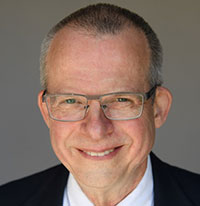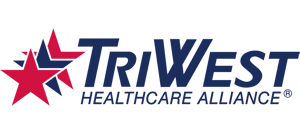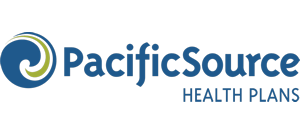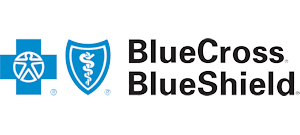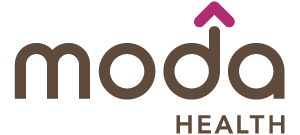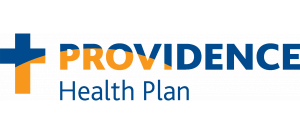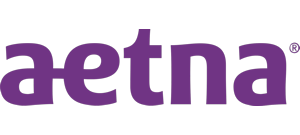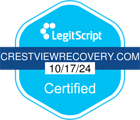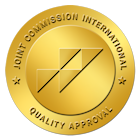Methamphetamine is a highly addictive central nervous system stimulant with a significant presence worldwide. Its widespread use has led to the creation of numerous slang terms to describe it. Recognizing these street names is essential in understanding the scope of meth addiction and its impact on individuals and communities. In this article, we’ll explore some of the most common street names for meth, their origins, and the dangers associated with its use. With over 200 known slang terms for methamphetamine, here are just a few:
- Crystal
- Ice
- Tina
- Glass
- Poor man’s cocaine
- Chalk
- Crank
- Yaba
- Shards
- Rocket fuel
- Jenny Crank diet
The common names, crystal, ice, glass, and speed each reflect a different form of the drug or method of consuming it. “Crystal” refers to the crystalline form of meth that can be injected or smoked. It has a clear, shiny appearance that reminds you of crystal. At the same time, “ice” refers to one of the purer forms of meth that looks like chips of ice. This icy appearance makes it more alluring to users. The term “glass” emphasizes the transparent characteristic of the drug.
Where Do The Slang Names Come From?

The origins of these street names can be traced to several factors including:
- Geography
- Culture
- Meth’s effects
Geographical Regions
Different geographical areas play a part in the development of street names for meth. Some geographical regions may have their local terms, influenced by groups that have opted for certain terms in their communities. For example, in some areas, particularly Southeast Asia, “yaba” (a combination of meth and caffeine) is commonly used. In Canada, meth may be referred to as jib, peach, and candy. These terms illustrate the regional variations in meth use and the adjustments made by different cultures.
Culture
The appeal of these street names often masks the dangers linked with the drug, causing many users to underestimate the potentially harmful and addictive effects. The culture around meth and its street names tends to downplay the realities of addiction. The use of casual terms leads many people to believe they’re indulging in a party drug, underestimating the destructive potential it has.
Furthermore, the social significance of meth use must not be ignored. Communities beset by high meth addiction rates frequently face increased crime rates. Meth users may resort to theft or other illegal activities to support their addiction.
This produces a cycle of despair that may affect whole neighborhoods leading to lower property values and declining community unity. Families are ripped apart and children may be left to make their way through the chaos of addiction on their own. This often results in long-term psychological effects that can keep the cycle of substance abuse going across generations.
Effects
Obviously, “speed” refers to the stimulant effects that can increase energy and alertness. It’s also a common practice that there are street names for different combinations that produce different effects.
What Are The Dangers Hidden Behind the Nicknames?
Using slang names for meth is not just a matter of semantics. It holds notable implications for the understanding of addiction and attempts at prevention. The nicknames minimize the danger of meth, making it appear less threatening to new users, particularly young people. Glamorizing meth with catchy nicknames leads to the glossing over of the risks associated with its use.
Highly Addictive Nature
The highly addictive nature of meth is one of its most startling dangers. A user can become addicted after just using it a few times, causing serious psychological and physical dependence. The hyper-stimulating effects can cause extended periods of wakefulness, increased heart rate, and elevated body temperature.
These effects can result in disastrous health issues such as:
- cardiac issues
- stroke
- death
According to DEA administrator, Anne Milgram, the 2024 National Drug Threat Assessment reported that “the shift from plant-based drugs, like heroin and cocaine, to synthetic, chemical-based drugs like fentanyl and methamphetamine, has resulted in the most dangerous and deadly drug crisis the United States has ever faced.” The Centers for Disease Control and Prevention (CDC) reported that in 2022, drug-related deaths claimed 107,941 lives in the U.S. About 30% of those deaths are related to methamphetamine and other synthetic stimulants.
Affects Brain Chemistry
In addition, meth is noted for its ability to change brain chemistry. Using meth long-term can cause cognitive (relating to conscious mental activities) deficits and mental health conditions including:
- Anxiety Disorders
- Paranoia
- Hallucinations
The psychological grip of meth also leads to unpredictable behavior and tense relationships with friends and family, which further isolates the user and maintains the cycle of addiction.
Physical Issues
Meth users often experience a swift decline in personal hygiene and healthcare while addiction takes priority over basic self-care. Users experience physical signs of meth use including:
- Cardiovascular problems
- Breathing complications
- Extreme dental problems (commonly called “meth mouth”)
- Skin infections and sores
- Higher risk of infectious diseases
- Substantial weight loss
Breaking the Cycle
Addressing meth addiction is vital for individuals and communities affected by it. Recognizing the intensity of the addiction is the first step toward recovery. People affected with meth dependency often fail to realize how deeply the drug has influenced their lives. This leads to more isolation and possible harm.
The psychological and physical toll of using methamphetamine can be catastrophic, resulting in health and psychological problems. The complicated interaction of effects creates a vicious cycle, where the individual feels driven to continue using meth to avoid the painful withdrawal symptoms while dealing with the consequences of their addiction at the same time.
Meth Withdrawal Symptoms
There is no medication at this time approved for treating withdrawal symptoms. Suddenly quitting long-term or chronic meth use can result in a syndrome that involves:
- Intense feelings of depression
- Fatigue
- Unpleasant or vivid dreams
- Insomnia
- Increased appetite
- Slowiner of mental capabilities and movement
- Agitation
Timeline of Meth Withdrawal
In the first 12 to 24 hours, methamphetamine withdrawal is characterized by an early “crash” phase of exhaustion and fatigue. This is followed by a withdrawal phase of 2 to 4 weeks. Symptoms peak within the first 7 days. A lengthy extinction phase of 6 to 12 months includes cognitive deficiencies and emotional and mood-related upsets that can significantly affect daily life. Symptoms of meth withdrawal can be severe enough to cause intense discomfort and relapse to use. Withdrawal management is therefore essential for the effective treatment of meth addiction.
Seeking Help for Methamphetamine Addiction

Fortunately, there are many resources for people seeking help at Crestview Recovery in Portland, OR. Options for treatment at Crestview include:
- Residential treatment–This is the highest level of care. In residential treatment, individuals live at the treatment facility with 24-hour medical supervision. Living in a substance-free environment allows for extended withdrawal management in a safe, secure, facility.
- Partial Hospitalization Program (PHP)--PHP is technically an outpatient program that allows clients to go home in the evenings. This level of care is equal in intensity and support to the residential program.
- Outpatient Programs
- Intensive Outpatient Program (IOP)–An IOP includes the same treatment methods but with a smaller time commitment to the facility.
- Outpatient Program (OP)–A standard OP requires less time in treatment at the facility.
- 12-Step Support groups–12-Step groups such as Alcoholics Anonymous or Narcotics Anonymous provide support and insights from a group of peers–a valuable asset in recovery.
- Sober living–Individuals who have completed formal treatment may need a safe environment to live in while they transition back to an independent life.
- Aftercare–Before leaving formal treatment, Crestview will help set up an ongoing treatment plan. Addiction is never cured, just managed like any chronic disease.
- Mental health treatment–Our therapists are certified and licensed professionals who specialize in addiction treatment. Additionally, a mental health issue may be behind the addiction, as many people use illicit drugs to self-medicate their conditions.
- Therapy–Therapists at Crestview are trained in many therapeutic approaches. We don’t believe that “one size fits all” and are prepared to help design an individualized treatment plan.
Call Today for Meth Treatment
We are already here, waiting for your first step to recovery and regaining control of your life. If you or a loved one is struggling with meth addiction, don’t wait to contact us. We’ll take it from there but you need to make the first move.












